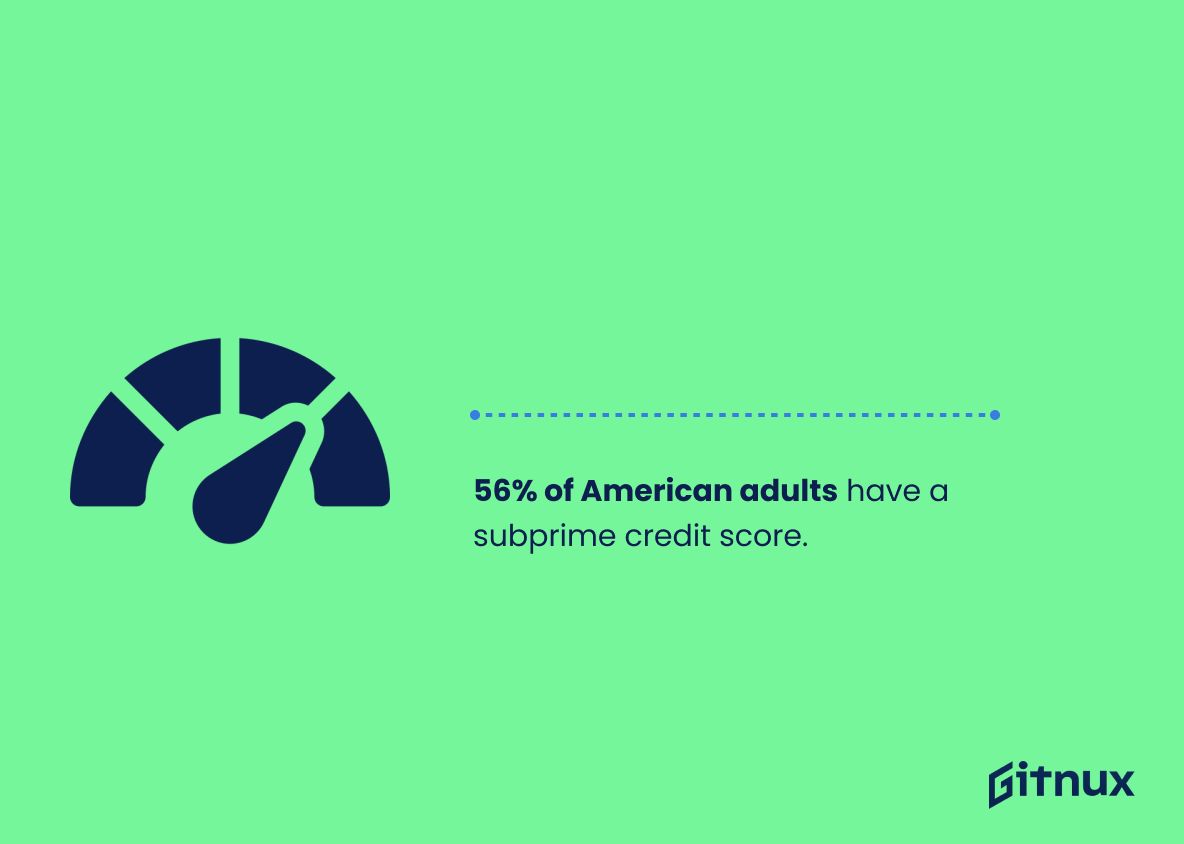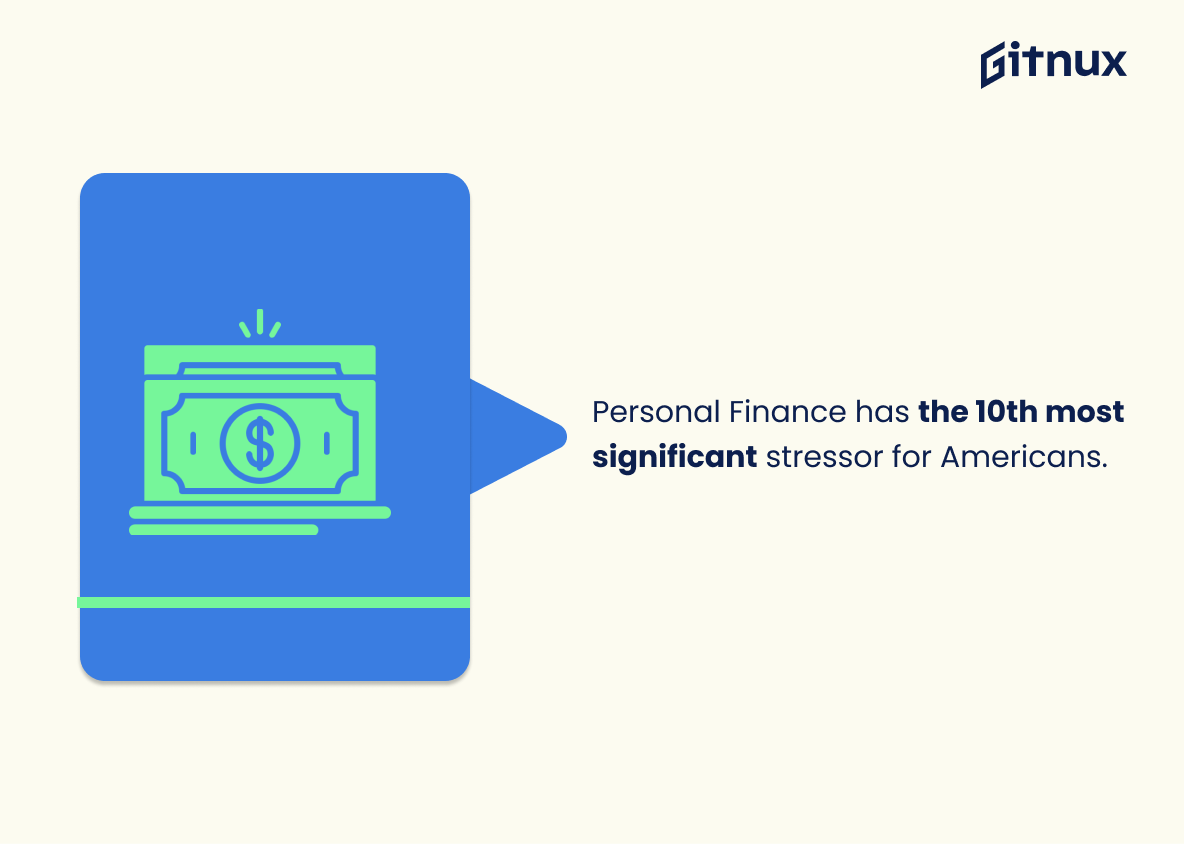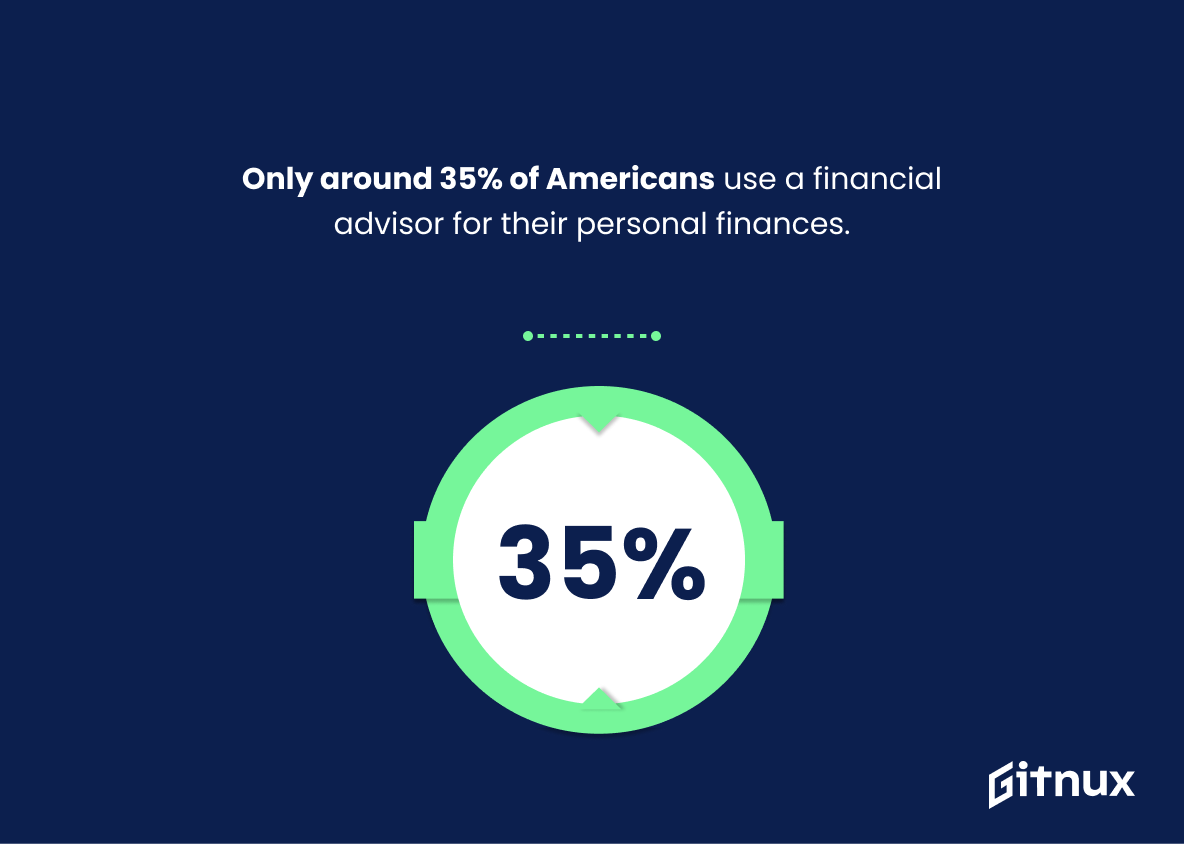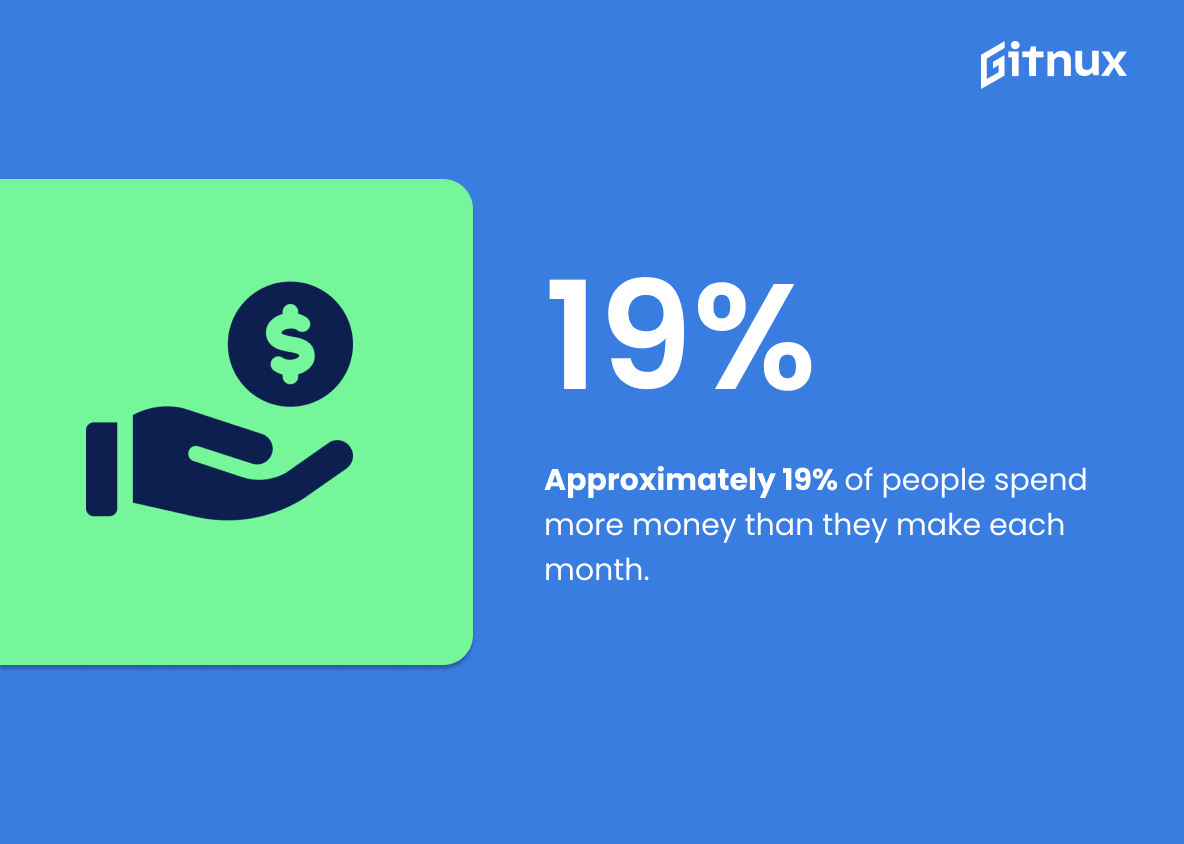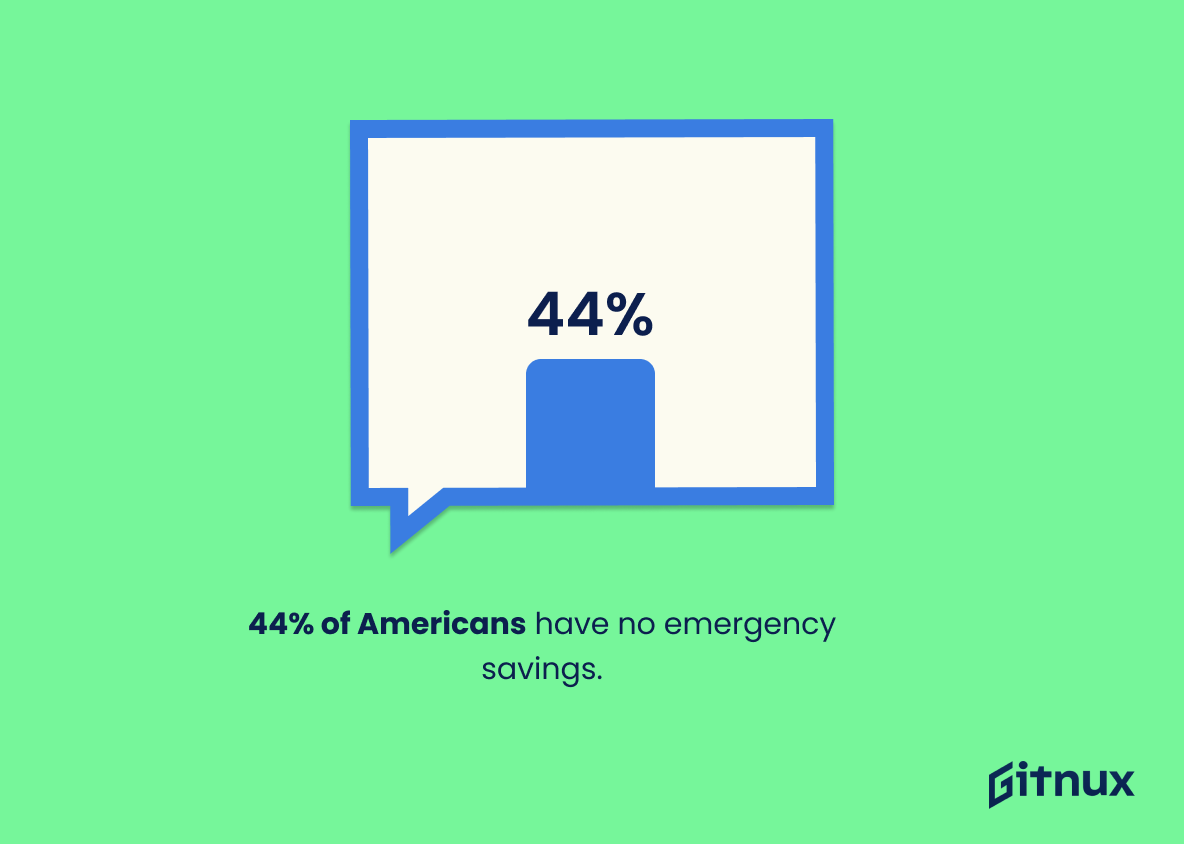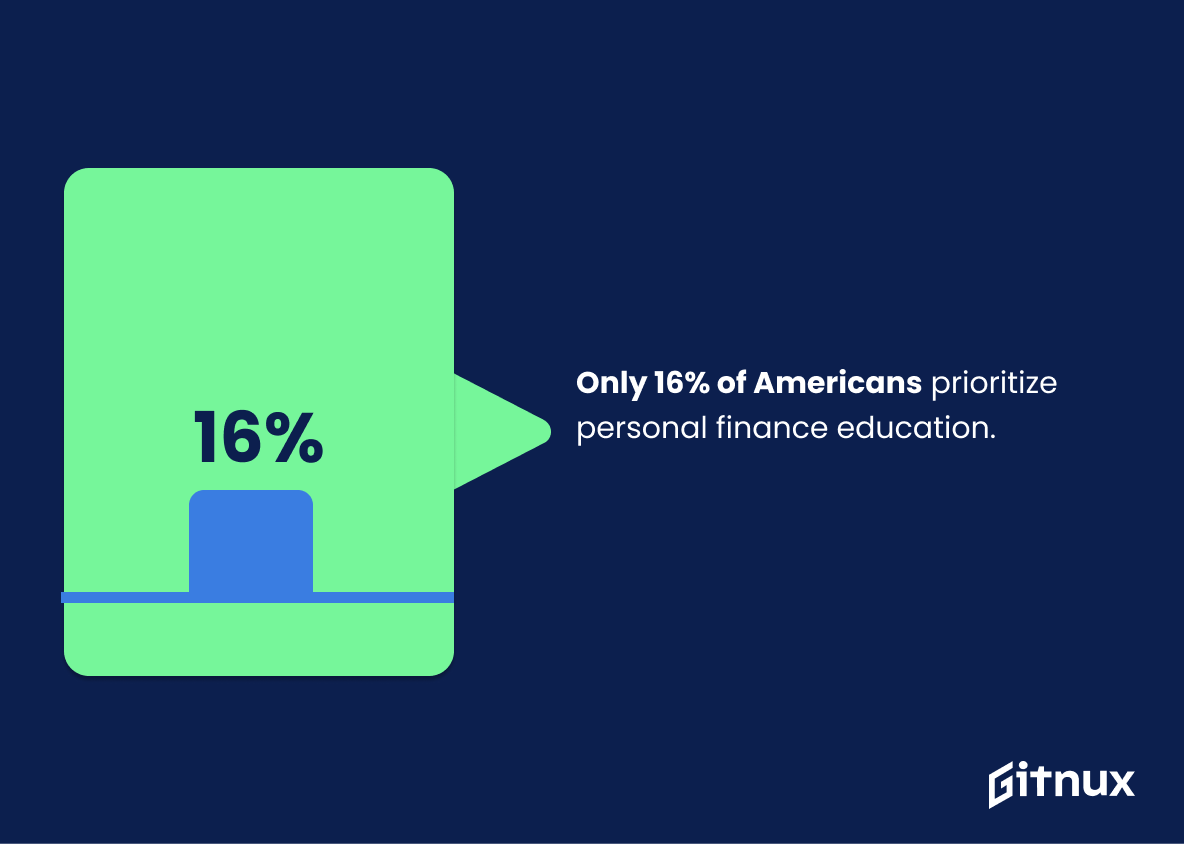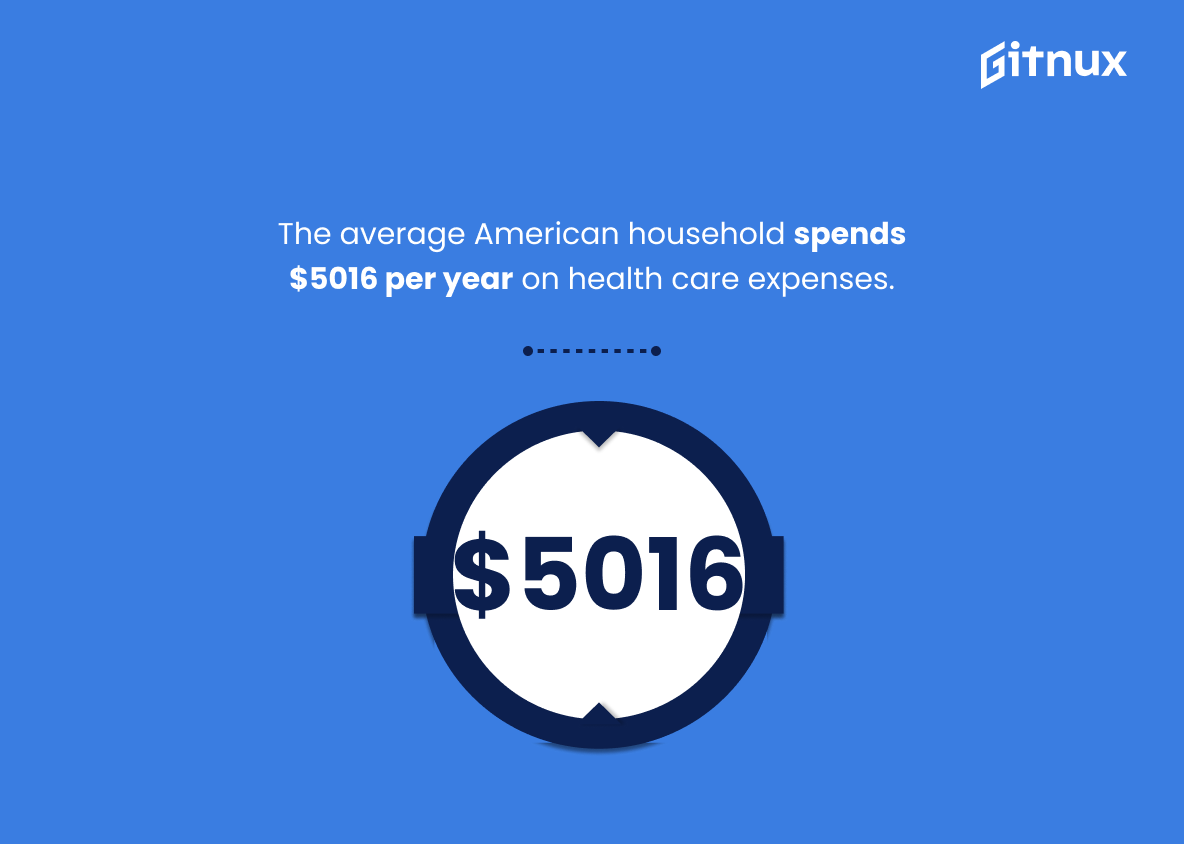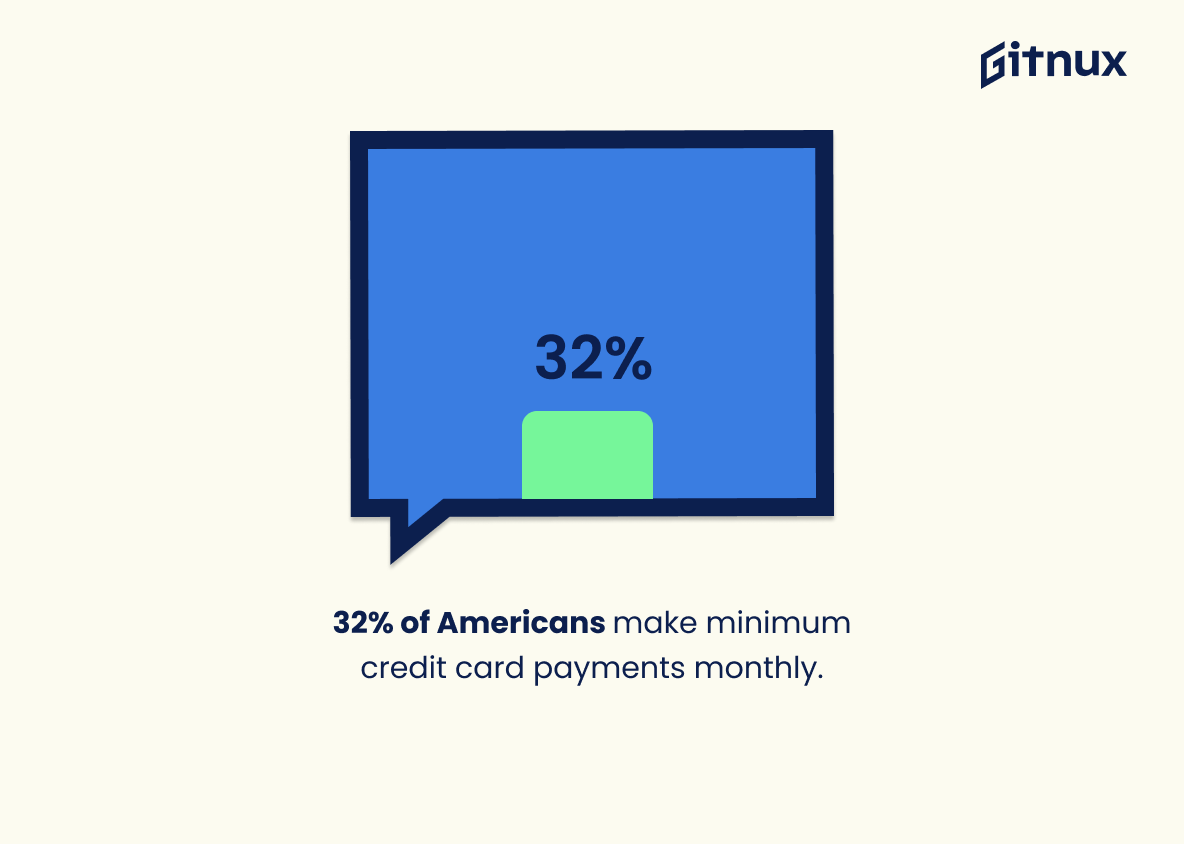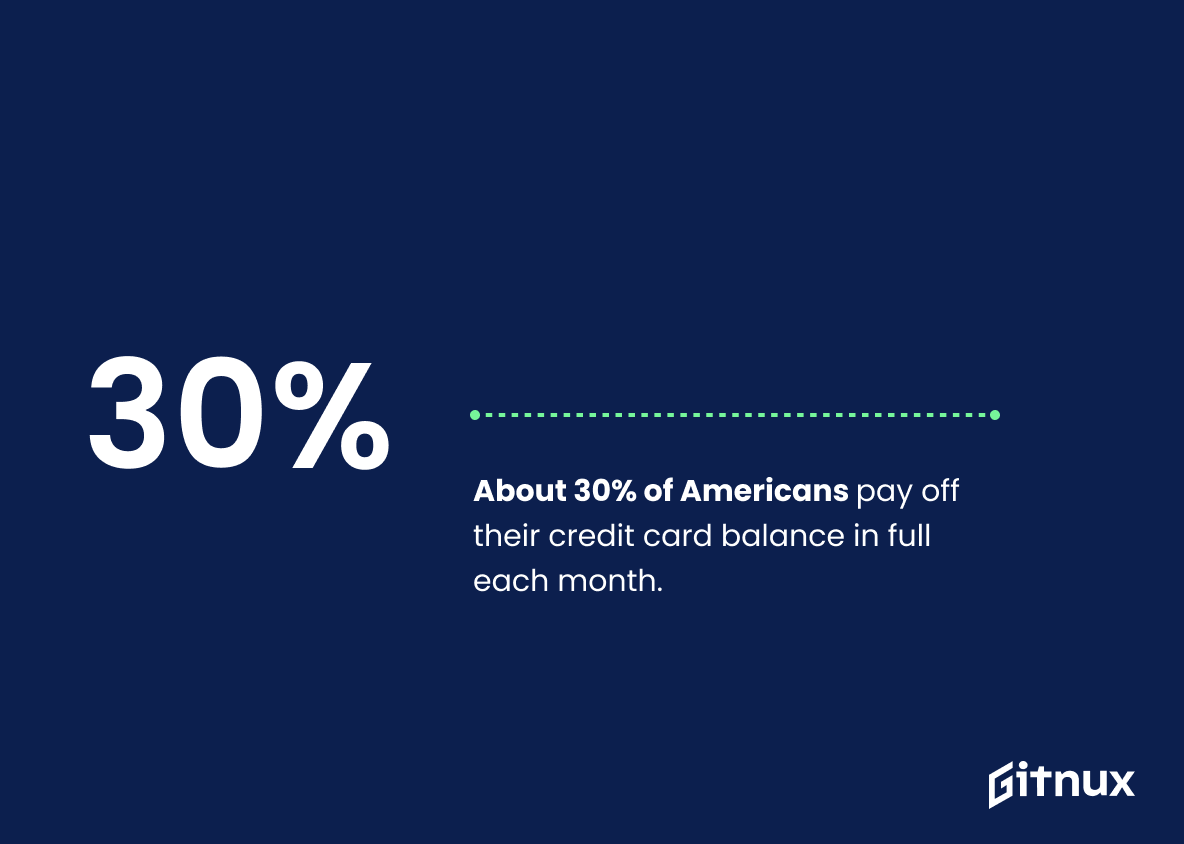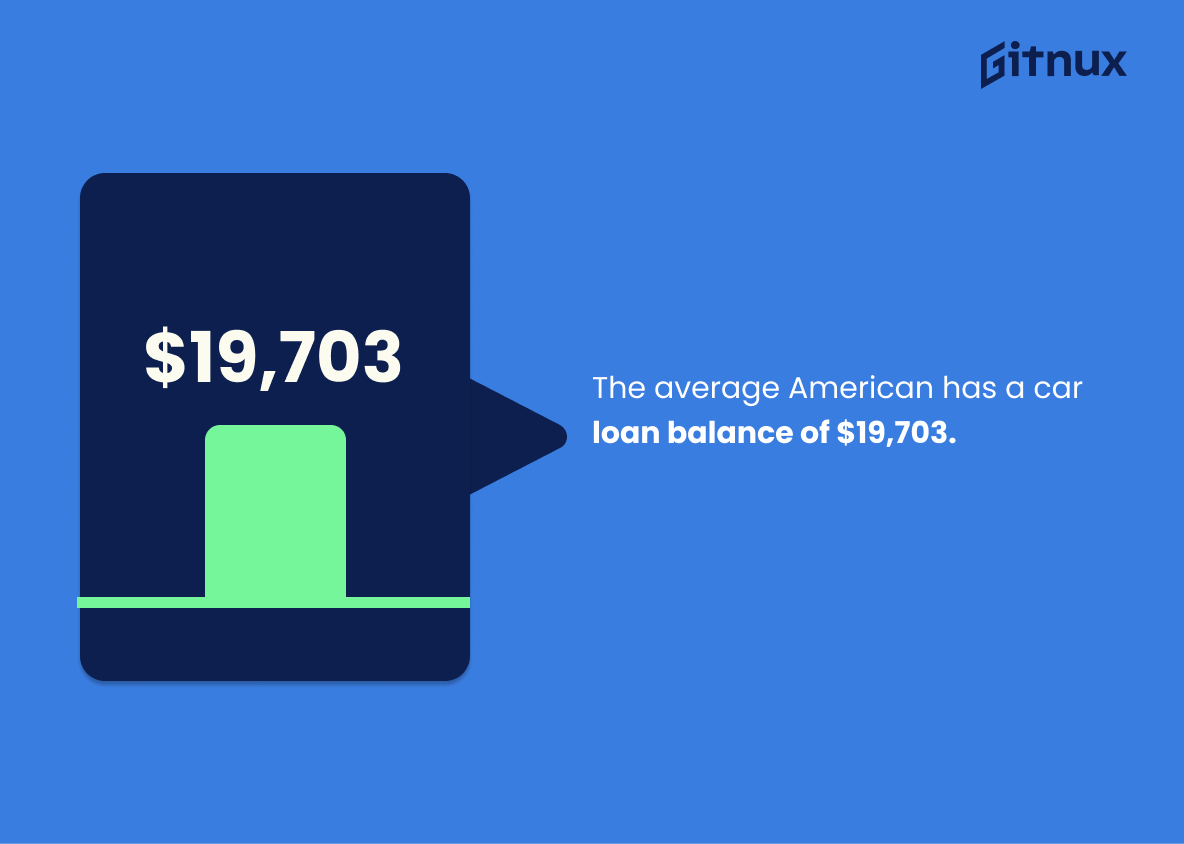Personal finance is an important part of life, yet many Americans are not taking the necessary steps to ensure their financial security. According to recent statistics, approximately 60% of Americans don’t have a budget or maintain a financial plan, 33% have $0 saved for retirement and 78% are living paycheck-to-paycheck. Additionally, American adults have an average credit card debt of $5,315 and 56% possess subprime credit scores. Furthermore, personal finance has been identified as the 10th most significant stressor for Americans with only around 35% using a financial advisor for their finances.
Millennials in particular face unique challenges when it comes to managing money; 72 percent carry at least one student loan with an average balance of $34000 while 19 percent spend more than they make each month. Even worse 44 percent lack emergency savings and 37 percent owe more on their credit cards than what they can access in case of emergencies. Unfortunately only 16 percent consider personal finance education important enough which could explain why so few people take advantage from professional advice available out there – such as that provided by certified advisors who specialize in this field – even though it would be beneficial both financially and emotionally speaking since 58 % baby boomers believe Social Security will provide them with sufficient income during retirement years despite 30 % workers being confident about having enough funds set aside once retired . Finally , although majority (58%) insure property properly , car loans remain high ($19703) along with minimum payments made on time (32%). On top off all these facts , those paying off balances fully every month represent just 30%.
This statistic is a stark reminder of the importance of budgeting and financial planning. It highlights the need for individuals to take control of their finances and plan for their future. It also serves as a warning that without proper budgeting and financial planning, many Americans may be at risk of financial hardship.
33% of American adults have $0 saved for retirement.
This statistic is a stark reminder of the importance of saving for retirement. It highlights the fact that many American adults are not taking the necessary steps to ensure a secure financial future. This statistic serves as a wake-up call to those who have yet to start saving for retirement, and it emphasizes the need for individuals to take action now in order to ensure a comfortable retirement.
Personal Finance Statistics Overview
78% of US workers are living paycheck to paycheck.
This statistic is a stark reminder of the financial struggles that many US workers face. It highlights the need for individuals to take control of their finances and make sound financial decisions in order to avoid living paycheck to paycheck. It also serves as a reminder of the importance of budgeting, saving, and investing for the future.
Americans have an average credit card debt of $5,315.
This statistic serves as a stark reminder of the financial burden that many Americans face. It highlights the need for individuals to be mindful of their spending habits and to take steps to reduce their credit card debt. It also serves as a warning to those who are considering taking on more debt, as it demonstrates the potential consequences of doing so.
56% of American adults have a subprime credit score.
This statistic is a stark reminder of the financial struggles that many American adults face. It highlights the need for individuals to take control of their finances and make sound financial decisions in order to improve their credit score. It also serves as a warning to those who may be considering taking on more debt than they can handle, as it could lead to a subprime credit score.
Personal Finance has the 10th most significant stressor for Americans.
This statistic is a stark reminder of the immense pressure that personal finance can put on Americans. It highlights the importance of taking control of one’s finances and understanding the implications of financial decisions. It also serves as a reminder that financial stress is a real issue that needs to be addressed.
Only around 35% of Americans use a financial advisor for their personal finances.
This statistic is a telling indication of the lack of financial literacy among Americans. It suggests that the majority of people are not taking advantage of the expertise and guidance of a financial advisor, leaving them vulnerable to making costly mistakes with their personal finances. This statistic is a reminder of the importance of educating oneself on personal finance and seeking professional advice when necessary.
Approximately 19% of people spend more money than they make each month.
This statistic serves as a stark reminder of the financial struggles that many people face. It highlights the need for individuals to be mindful of their spending habits and to ensure that their income is greater than their expenses. It also serves as a warning to those who may be tempted to overspend, as it demonstrates the potential consequences of doing so.
44% of Americans have no emergency savings.
This statistic is a stark reminder of the financial fragility of many Americans. It highlights the importance of having an emergency savings fund, as it can provide a financial cushion in times of unexpected hardship. It also serves as a warning to those who may not have an emergency savings fund, as it emphasizes the importance of planning ahead and preparing for the unexpected.
37% of Americans have more credit card debt than emergency savings.
This statistic is a stark reminder of the financial fragility of many Americans. It highlights the need for individuals to prioritize their financial security by having emergency savings to fall back on in times of need, rather than relying on credit card debt. This statistic is a call to action for individuals to take control of their finances and ensure they are prepared for any unexpected expenses.
Only 16% of Americans consider personal finance an important area for their education.
This statistic is a stark reminder of the need for greater education on personal finance. With such a low percentage of Americans considering it an important area for their education, it is clear that there is a lack of understanding and knowledge on the subject. This lack of knowledge can lead to poor financial decisions and a lack of financial security. It is essential that more Americans become aware of the importance of personal finance and the benefits it can bring.
The average American household spends $5016 per year on health care expenses.
This statistic is a stark reminder of the importance of budgeting for health care expenses. It highlights the need for individuals to plan ahead and set aside funds to cover the costs of medical care, as well as the potential financial burden of unexpected health issues. It is a key factor to consider when discussing personal finance and the importance of financial planning.
The average American has 3.1 credit cards.
This statistic is a telling indication of the financial habits of the average American. It speaks to the prevalence of credit cards in our society and the potential for debt accumulation. It is a reminder that, while credit cards can be a useful tool for managing finances, they can also be a source of financial strain if not used responsibly.
32% of Americans pay the minimum required amount due on their credit card each month.
This statistic is a telling indication of the financial habits of many Americans. It suggests that a large portion of the population is not taking the necessary steps to pay off their credit card debt in a timely manner, which can lead to long-term financial instability. This statistic is an important reminder of the importance of budgeting and financial planning, and serves as a warning to those who may be tempted to rely on credit cards to make ends meet.
About 30% of Americans pay off their credit card balance in full each month.
This statistic is a telling indication of the financial health of Americans. It shows that a significant portion of the population is able to manage their finances responsibly and pay off their credit card balance in full each month. This is a positive sign that many Americans are taking steps to ensure their financial stability and security.
The average American has a car loan balance of $19,703.
This statistic serves as a stark reminder of the financial burden that many Americans face when it comes to owning a car. It highlights the need for individuals to be mindful of their spending habits and to make sure they are making smart financial decisions when it comes to taking out a loan for a car.
Only 58% of Americans have properly insured their personal property.
This statistic is a stark reminder of how many Americans are not taking the necessary steps to protect their personal property. It highlights the importance of having proper insurance coverage in order to safeguard one’s possessions and financial security. Without proper insurance, individuals are at risk of losing their belongings and facing financial hardship in the event of an unexpected disaster.
58% of baby boomers believe Social Security will provide a significant source of retirement income.
This statistic is a telling indication of the importance of Social Security in the retirement plans of baby boomers. It highlights the reliance of this generation on Social Security as a major source of income in their retirement years, and serves as a reminder of the importance of planning for retirement. This statistic is especially relevant in a blog post about personal finance statistics, as it provides insight into the financial decisions of a large segment of the population.
Only 30% of American workers are confident they have enough money saved for retirement.
This statistic serves as a stark reminder of the importance of saving for retirement. It highlights the fact that many Americans are not adequately preparing for their future, and that there is a need for greater financial literacy and planning. It is a call to action for individuals to take control of their financial future and ensure that they are saving enough for retirement.
Conclusion
It is clear from these statistics that many Americans are not adequately prepared for their financial future. Despite the fact that most people understand the importance of budgeting and saving, only a small percentage actually have a plan in place to ensure they can meet their long-term goals. Furthermore, there is an alarming amount of debt held by individuals across all age groups, with credit card debt being particularly high among millennials and baby boomers relying heavily on Social Security as a source of retirement income. These figures demonstrate how important it is for everyone to take control over their finances and make sure they are properly insured against unexpected expenses or losses.
References
0. – https://www.fool.com
1. – https://www.iii.org
2. – https://www.cnbc.com
3. – https://www.creditloan.com
4. – https://www.apa.org
5. – https://www.ebri.org
6. – https://www.bls.gov
7. – https://www.transamericacenter.org
8. – https://www.finra.org
9. – https://www.money.com.au
10. – https://www.creditcards.com
11. – https://www.gobankingrates.com
12. – https://www.pbs.org
13. – https://www.experian.com
14. – https://www.pewtrusts.org
15. – https://www.bankrate.com


